Flightless Birds
“The Fascinating World of Flightless Birds: Surviving on the Ground”
Table of content:
Introduction
Anatomy and Adaptations
Evolutionary Reasons for Flightlessness
Examples of flightless birds
Conservation Status
Introduction:
Flightless birds are a group of avian species that have lost the ability to fly over the course of evolution. This loss of flight has led to various anatomical and physiological adaptations that make them well-suited for life on the ground. Flightlessness has occurred in several bird lineages, often in response to specific ecological niches or evolutionary pressures.
Anatomy and Adaptations:
Wings: Flightless birds typically have reduced wing sizes and structures compared to their flying counterparts. These wings may serve purposes other than flight, such as balance, display, or temperature regulation.
Legs: Flightless birds often have strong, well-developed legs and large feet. These adaptations are essential for terrestrial locomotion, running, and, in some cases, swimming.
Feathers: The feathers of flightless birds can vary but are often different from those of flying birds. Some flightless birds have ratite-style feathers, which are softer and more hair-like, whereas flying birds have stiff, aerodynamic feathers.
Evolutionary Reasons for Flightlessness:
Predator Absence: Flightlessness often evolves in environments where there are no natural predators, such as islands. Without the need to escape from aerial threats, these birds can divert energy to other adaptations.
Specialized Niches: Some flightless birds have evolved to fill specific ecological niches, such as ground-dwelling herbivores or predators. Flightlessness can be advantageous in these niches, as it allows for more efficient foraging or hunting on land.
Energy Conservation: Flight is energetically costly, and in environments with abundant food and fewer aerial threats, flightlessness can be an energy-saving adaptation.
Behavior and Ecology: Flightless birds often exhibit behaviors and ecological roles adapted to their specific environments. They may be grazers, browsers, predators, or scavengers, depending on their diet and habitat.
Some examples of flightless birds:
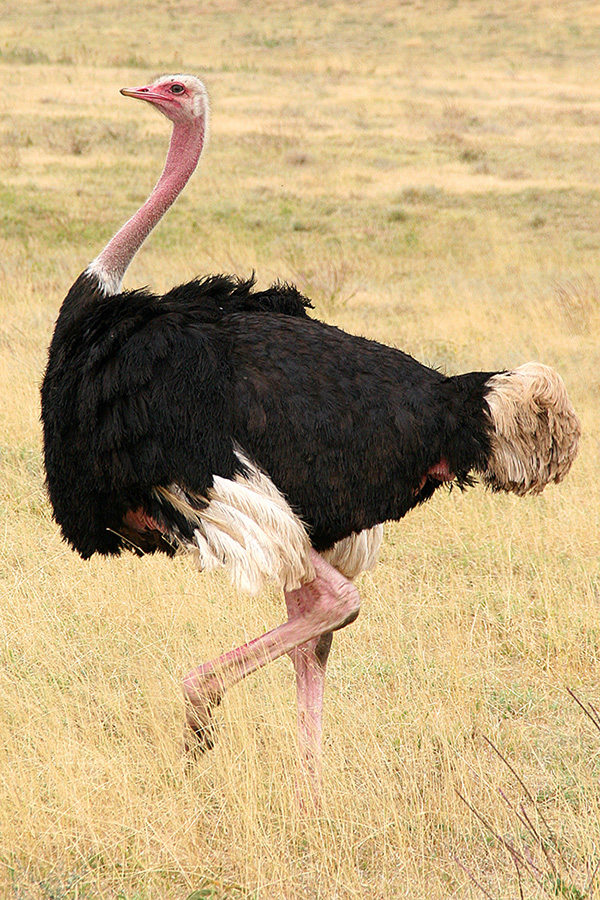
Ostrich:
The ostrich is the largest and heaviest living bird in the world. It is native to Africa and is known for its long legs, powerful running ability, and inability to fly. Instead of flying, ostriches are exceptional runners and can reach speeds of up to 45 miles per hour (72 kilometers per hour).
Emu:
The emu is the largest bird native to Australia and the second-largest bird in the world after the ostrich. Emus are flightless and have strong legs, which they use for running and defense. They are known for their distinctive, ratite-style feathers.
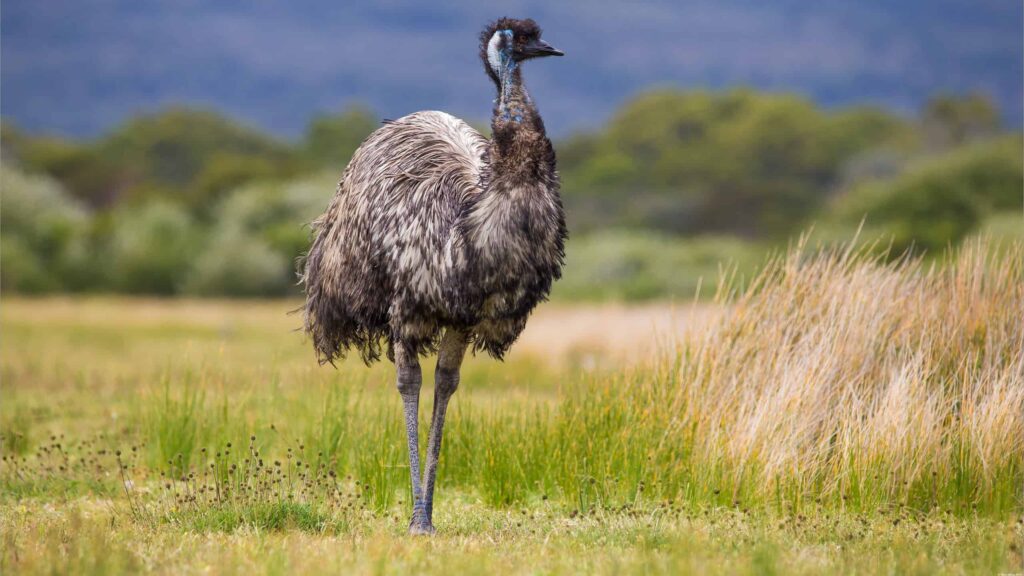
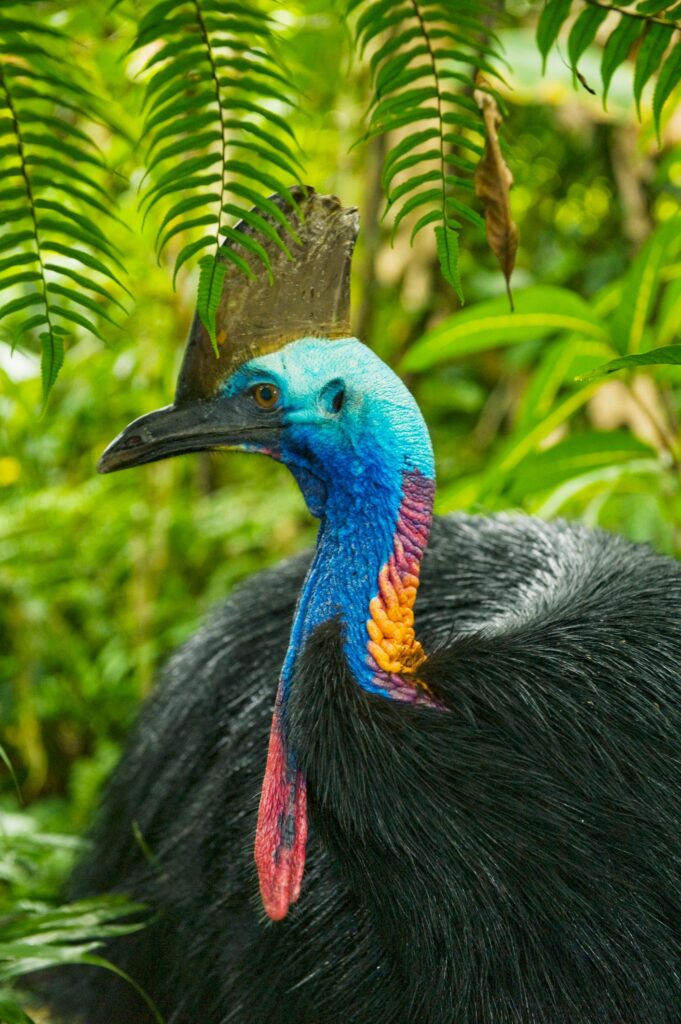
Cassowary:
Cassowaries are large, flightless birds found in the tropical rainforests of New Guinea and nearby islands, as well as northern Australia. They are known for their bright blue skin and helmet-like casques on their heads. Cassowaries are considered one of the most dangerous birds due to their powerful legs and sharp claws.
Kiwi:
Kiwis are small, flightless birds native to New Zealand. They have long, slender bills and are known for their excellent sense of smell. Kiwis are primarily nocturnal and are adapted to life on the forest floor.
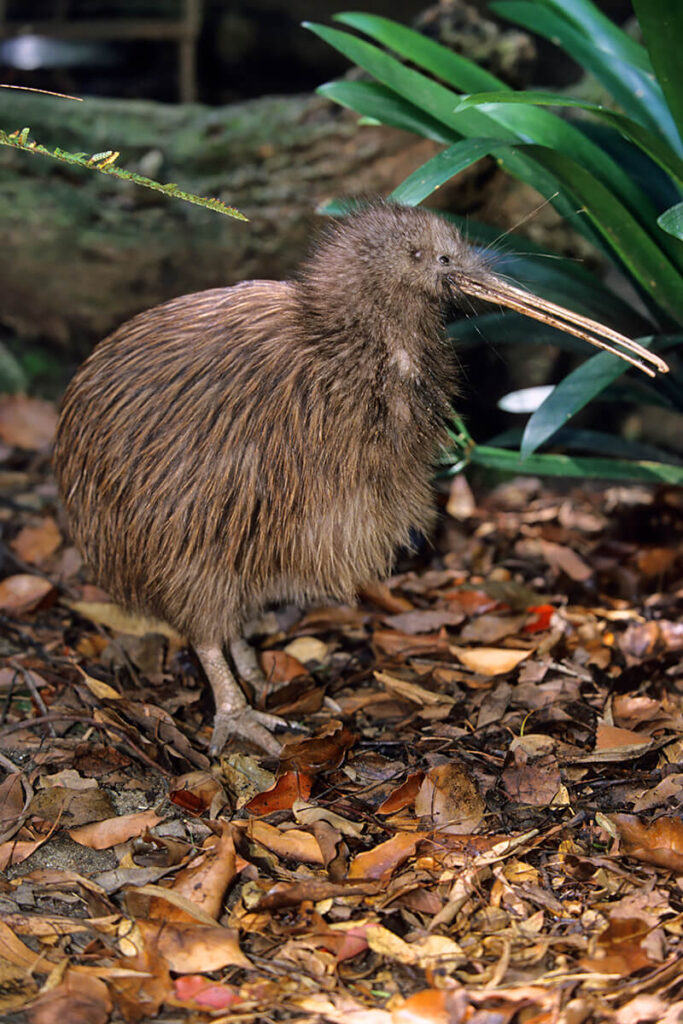
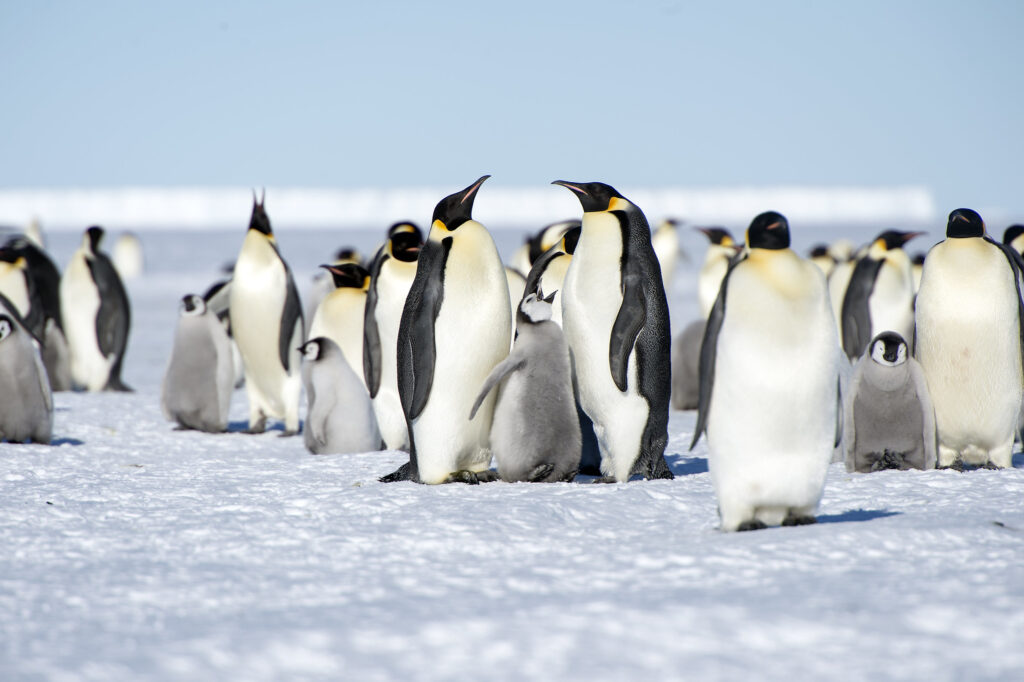
Penguins:
Penguins are flightless birds that have adapted to a life in the water. They are excellent swimmers and use their wings as flippers to navigate the ocean. While they cannot fly through the air, their wings are highly modified for underwater propulsion.
Kākāpō:
The kākāpō, also known as the night parrot or owl parrot, is a critically endangered flightless parrot native to New Zealand. It is known for its nocturnal behavior and distinctive appearance.
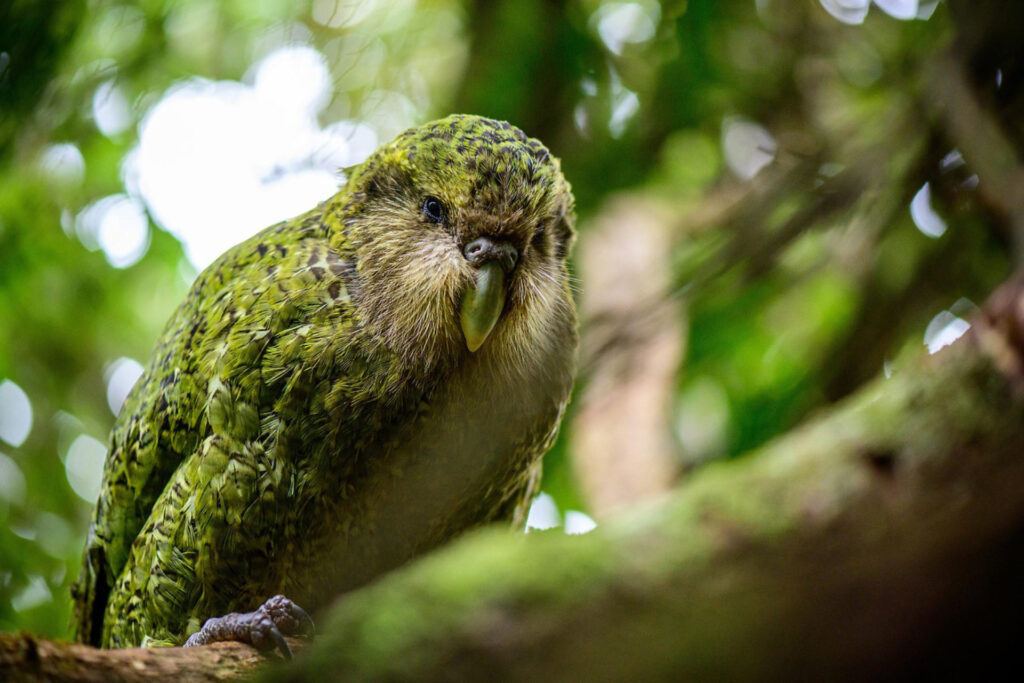
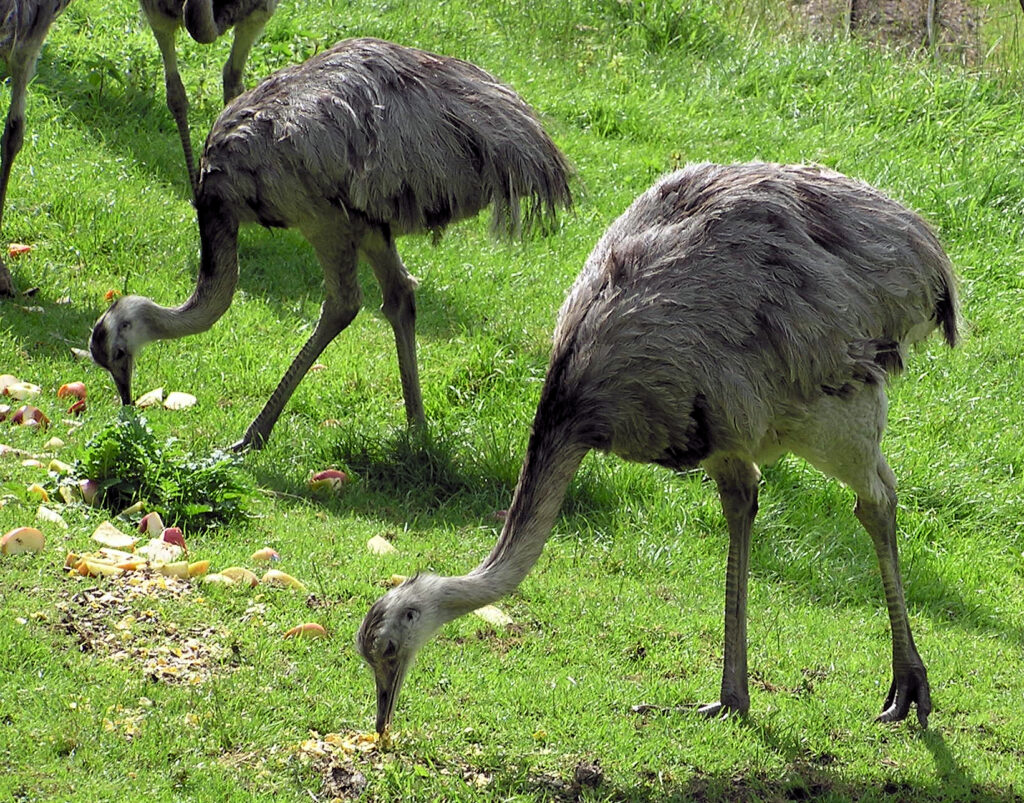
Rhea:
Rheas are large flightless birds native to South America. There are two species, the greater rhea and the lesser rhea. They have long legs and necks and are excellent runners.
Takahe:
The takahe is a large, flightless bird endemic to New Zealand. It was once thought to be extinct but was rediscovered in the 20th century. Conservation efforts are in place to protect this rare species.
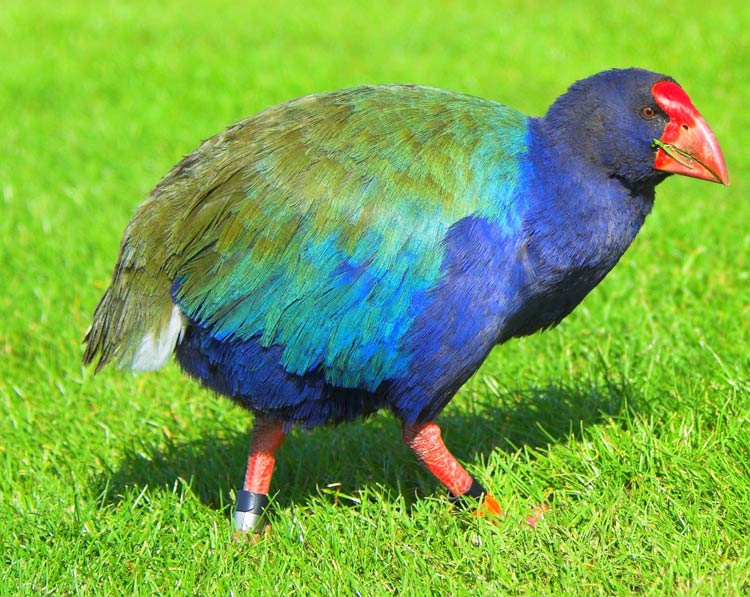
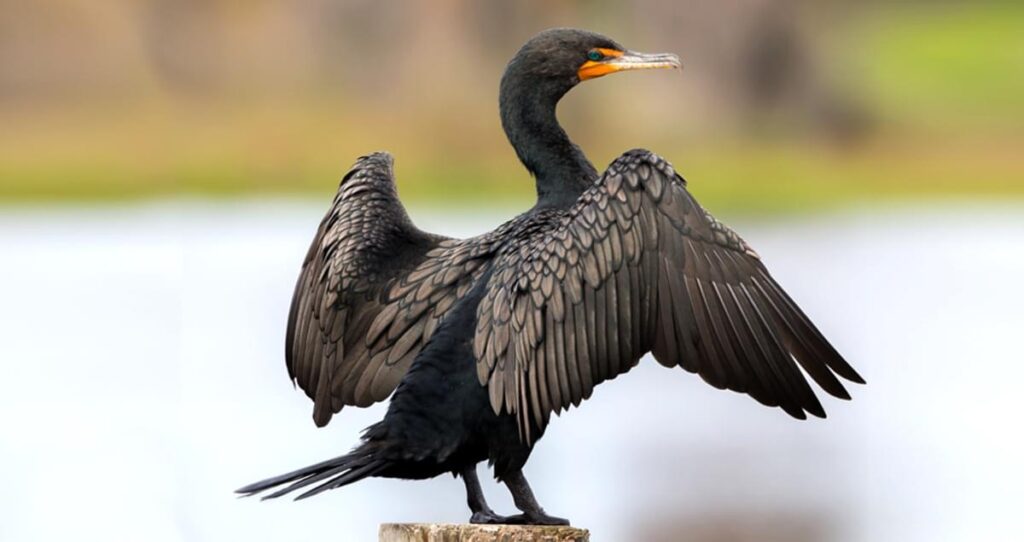
Cormorants:
While many cormorant species are capable of flight, some, like the flightless cormorant found in the Galápagos Islands, have reduced wings and are not capable of sustained flight. They are highly adapted for swimming and diving.
Rail Species:
Some species of rails, such as the Inaccessible Island rail and the Lord Howe woodhen, have lost the ability to fly on islands where there were no natural predators. They are examples of island-endemic flightless birds.
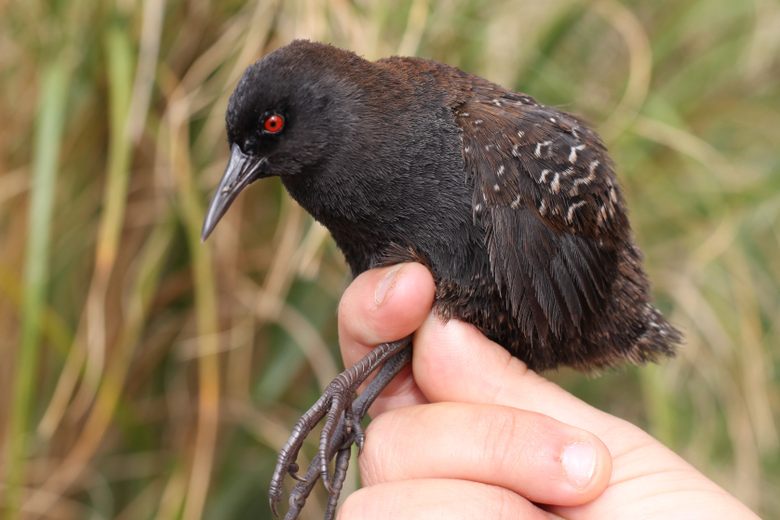
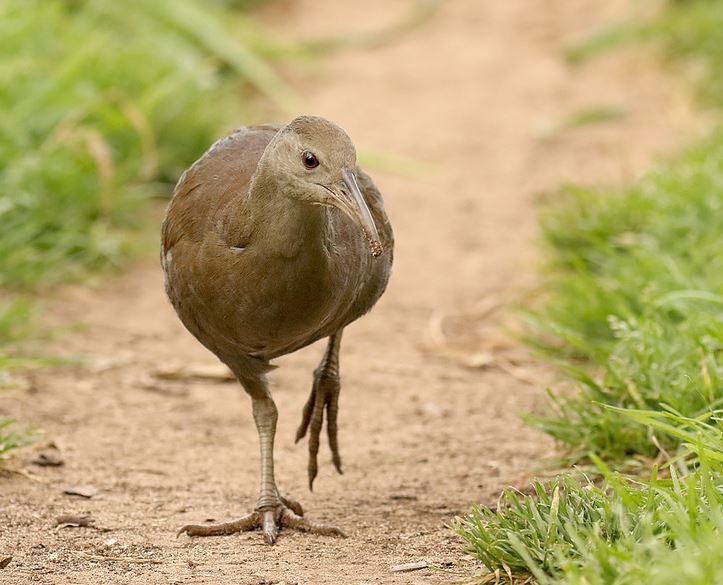
Conservation Status:
Several flightless bird species are endangered or critically endangered due to habitat loss, introduced predators, and other human-induced threats. Conservation efforts are essential to protect and preserve these unique species.